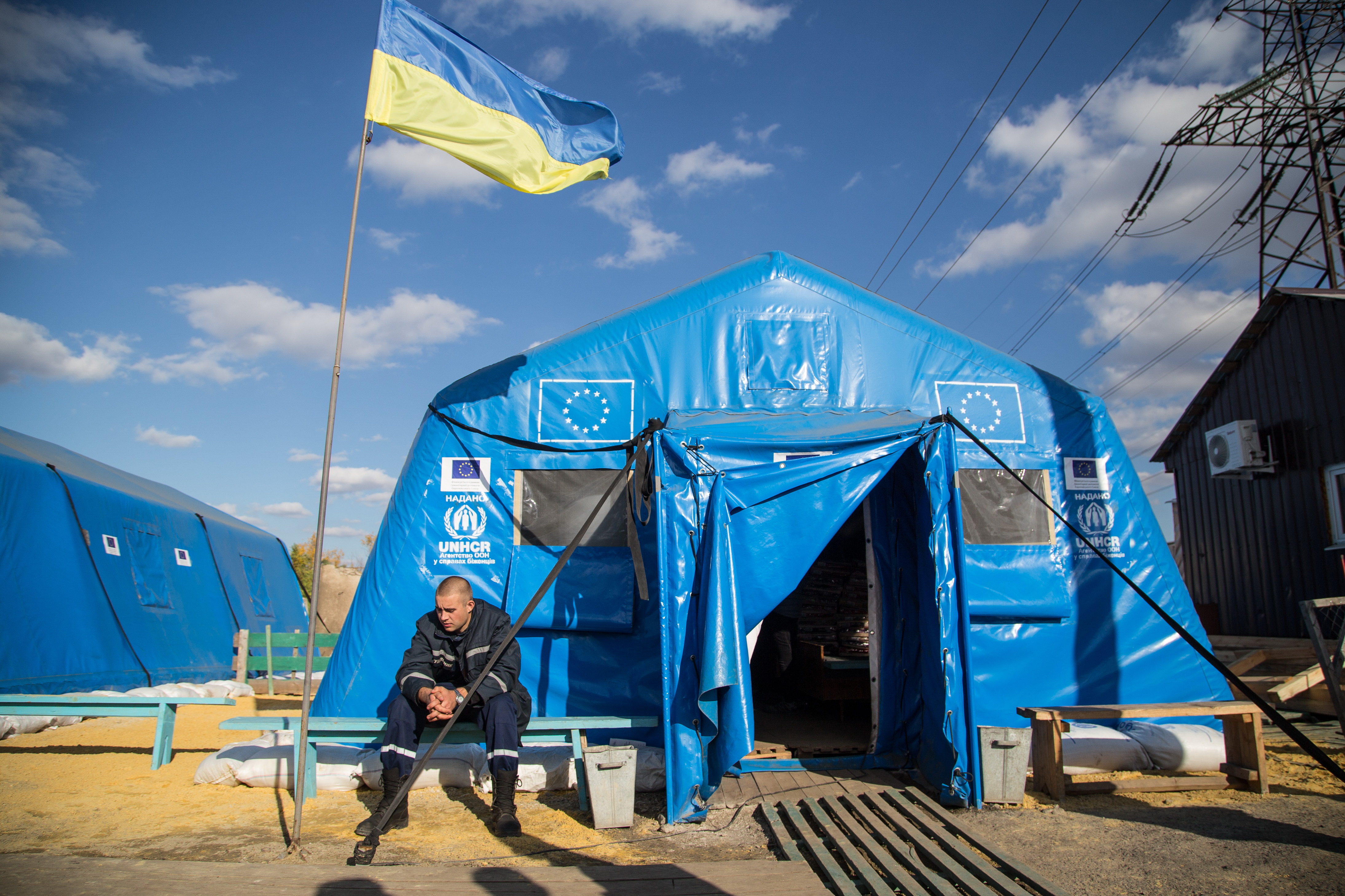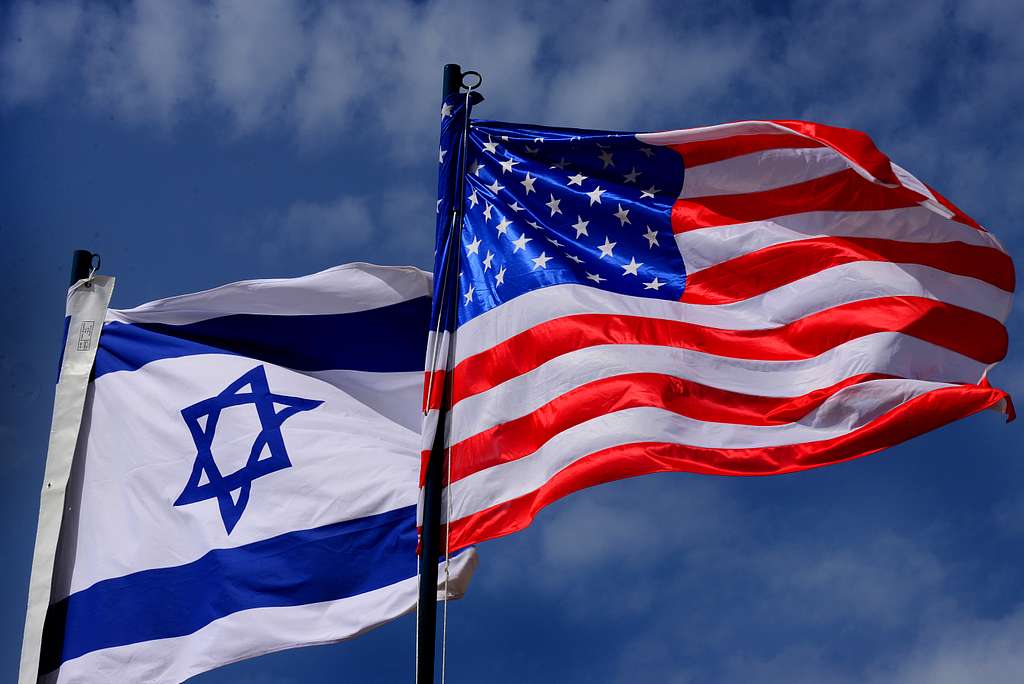Understanding the G7’s New Plan for Funding Ukraine

Published by The Lawfare Institute
in Cooperation With

Last week, the Group of Seven (G7) announced a plan to provide Ukraine with an additional $50 billion in much-needed financial assistance by the end of the calendar year. While many of the details are reportedly still being negotiated, a June 14 joint communique from the United States and other G7 members indicates that this assistance will be in the form of “Extraordinary Revenue Acceleration (ERA) Loans … serviced and repaid by future flows of extraordinary revenues stemming from the immobilization of Russian Sovereign Assets held in the European Union and other relevant jurisdictions.”
To some, this will no doubt sound like a step toward seizing the estimated $300 billion in Russian assets that the United States and its allies have frozen since Russia’s 2022 invasion of Ukraine. For years, advocates have pushed for such a move as a way of funding Ukraine’s ongoing defense and reconstruction without having to rely on increasingly scarce (and politically challenging) direct foreign assistance. Most proposals call for Russian assets to be seized outright and transferred to Ukraine in satisfaction of the reparations that many believe it is owed as a result of Russia’s unlawful invasion. The Biden administration came out in support of such a move late last year, and Congress has since authorized the seizure of the relatively small amount of frozen Russian assets (about $5 billion) within the United States’s reach. Yet efforts at persuading European states to pursue such a step have thus far stalled over concerns that doing so would violate international law and make Europe a less appealing place for foreign governments to hold their central bank assets in the future.
The latest G7 plan doesn’t resolve these concerns. But through some clever and often misunderstood arrangements, it appears to have successfully side-stepped them—at least for the time being. In so doing, the G7 may be setting out a model that can be replicated to provide Ukraine with additional assistance down the road, despite the legal and policy disagreements among Ukraine’s allies.
The $50 billion in funding agreed to by the G7 will reportedly come through a series of syndicated loans offered by the United States and other participating allies. Exactly who that will be remains unclear. The Biden administration is reportedly poised to provide up to the full $50 billion—an amount it has indicated that the U.S. Agency for International Development already has the authority to provide, meaning no additional action will be needed by Congress—but expects other states to join and reduce this burden. As of last week, only Canada had publicly announced an intent to contribute around $5 billion, but Japan and several European countries are reportedly considering joining as well. Other states will participate in different capacities. “[E]very G7 country is going to do its part[,]” one senior administration official stated in a June 15 press briefing. “Some countries are going to contribute to the loan; others will contribute to the repayment. Others still will provide guarantees of repayment if the income flow isn’t sufficient to service and repay the loan in full.”
Whatever form the loans eventually take, there is clearly an expectation that they will be repaid. But taking on an additional liability of such a scale would be difficult for Ukraine, which is already trying to restructure the massive sovereign debt it has accumulated since Russia’s invasion. Instead, the G7 had to find security elsewhere. And this is where Russia’s frozen assets come in—though not in the way one might expect.
The main source of collateral for the loans isn’t the frozen Russian assets themselves. Nor is it “interest” on those assets as some media accounts have described, which would generally belong to Russia and raise similar legal and policy challenges. Instead, it is what Treasury Secretary Janet Yellen has described as “windfall earnings” by certain European financial institutions that were left holding Russia’s assets when they were frozen. The main such entity is Euroclear, a prominent Belgium-based financial clearinghouse and central securities depository that has held the lion’s share of Russia’s frozen central bank assets since 2022. As its former CEO, Lieve Mostrey, described in an event at Italy’s Istituto Affari Internazionali this past April, Euroclear’s standard operating arrangements convert coupon payments and redemptions on securities that are blocked by sanctions into cash on Euroclear’s balance sheet, which it then (conservatively) reinvests in order to “minimi[z]e risks and capital requirements.” Nearly all of the Russian central bank assets that Euroclear had in its possession when its assets were frozen have since entered this state. Combined with the surge in global interest rates since 2022, this has allowed Euroclear to collect a massive $3-4 billion in earnings each year.
Earlier this year, the European Union (with cooperation from Belgium) agreed to effectively tax the vast majority of these profits and transfer the resulting revenue to Ukraine in the form of biannual payments. The deal that the G7 reached last week would essentially front-load this asset stream, giving Ukraine a $50 billion advance that will be repaid by future such payments, which will now presumably go to the syndicate of lenders instead of to Ukraine. From Ukraine’s perspective, this means that it effectively functions more as a grant than a loan—one that notably does not reduce the reparations that Russia owes to Ukraine, as would the seizure of frozen Russian assets under most proposals.
Importantly, this avoids many of the international legal challenges that seizing Russia’s frozen assets would present, at least in the eyes of many European policymakers. No Russian assets are being touched, meaning the G7’s proposed actions do not raise sovereign immunity concerns. And the revenue itself is being collected through the taxation of a domestic financial institution by the jurisdiction in which it is based, a well-established practice that is readily distinguishable from any sort of expropriation. Moreover, because the assets are not being taken from Russia in a manner that might otherwise be seen as unlawful under international law, there is no need to consider whether the measures in question constitute a lawful countermeasure in response to Russia’s own unlawful conduct toward Ukraine. In short, none of the legal challenges raised by the possibility of seizing frozen Russian assets apply.
This doesn’t mean the G7’s plan is entirely free of legal risk. Russian President Vladimir Putin has already described it as “theft” that “will not go unpunished” and warned that “[a]nyone could be next in line for expropriation by the U.S. and the West.” As part of its threatened legal campaign against efforts to transfer its frozen assets to Ukraine, Russia could try to challenge Euroclear’s claims to the proceeds from its frozen assets, whether in Belgium or another relevant jurisdiction. That said, given how well established and widely relied upon Euroclear’s business practices are, the prospects for any such legal challenge seem slim—so slim that they do not appear to have given the European Union or any G7 members serious pause, beyond allowing Euroclear to retain a small slice of the windfall earnings to account for this and other contingencies.
A more serious risk that the G7 must take into account, however, is what to do if the stream of windfall profits ultimately proves insufficient to repay the loan in whatever term is agreed to by the participating states. This is a challenge that the United Kingdom and certain other G7 member states willing to serve as guarantors for the loans are reportedly working on. While some may be willing and able to take on this risk themselves, most are likely to seek out some additional form of security. What exactly this will entail is not yet clear, but a few possibilities jump immediately to mind—almost all of which involve Russia’s frozen assets.
The most likely scenario would be if Russia’s assets were unfrozen and thus could be moved out of Euroclear’s custody, ending the stream of windfall profits. And in these cases, there is a solution already baked into existing G7 policies. Specifically, the G7 has already pledged not to unfreeze Russia’s assets until Russia pays Ukraine adequate reparations for the harm it has suffered, currently believed to be in excess of $400 billion. As a result, if the G7 sticks to its guns, then the outstanding balance of the $50 billion loans could presumably be readily repaid from the reparations payments made to Ukraine—a contingency the Biden administration has suggested in press briefings. The easiest way to guarantee this without additional associated liability for Ukraine would most likely be for Ukraine to assign some portion of its rights to any such future reparations to the syndicate of lending states. For this reason, some such assignment seems likely to be a part of any final G7 loan arrangement.
A far more difficult scenario to address, however, would be if the stream of windfall profits were to substantially decline (perhaps due to declining global interest rates) or disappear (perhaps due to changes in Belgian or European Union sanctions that are not consistent with the G7’s pledge) without there being any corresponding reparations payments to Ukraine. This is where the outright seizure of Russia’s frozen assets may well reenter the picture. And while legal concerns have made many European states unwilling to seize those assets at present, there are reasons to think that they may still be willing to accept the possibility of doing so in the future as a source of additional security.
First off, if Ukraine does assign some portion of its right to reparations to the lending states as part of the loan arrangement, then the lending states will be in a position to enforce that claim on their own behalf directly against Russia. As Hugo Dixon, Lee Buchheit, and Daleep Singh have argued, this may allow lending state financial institutions to simply treat the frozen Russian assets as a financial set-off, a move that is seen as avoiding sovereign immunity and related international legal concerns in other contexts. Moreover, the enforcement of a bilateral claim in this manner would eliminate the need to consider whether seizure could take place as a third-party countermeasure on Ukraine’s behalf.
Perhaps more importantly, in the years that will almost certainly pass before any such scenario presents itself, the international community will also have much more opportunity to erect and pursue international legal processes that can evaluate and pass credible judgment on Ukraine’s claims for reparations. An international registry for such claims is already in place, and more measures are under discussion. As Ashley Deeks, Mitu Gulati, and Paul Stephan have recently argued, any effort to offset or otherwise enforce claims originating with Ukraine against Russia’s frozen assets will have far more legitimacy—and be much more legally defensible—if it is pursuant to a credible international legal process.
The syndicated nature of the G7 loans may also allow for some strategic assignment of the legal and economic risks inherent in any such seizure. A single state that is more willing and able to take on the legal risks of seizing Russian assets may be willing to commit to distribute the resulting proceeds among the syndicate participants. In this sense, member states that are more constrained by their domestic legal systems and understandings of international law may still be able to gain some security from the possibility that others may seize Russia’s frozen assets in the future, even if they remain unwilling to do so themselves.
Yet the most significant reason why the legal and policy concerns that have held up seizure of Russia’s frozen assets at present may simply be that any such seizure would in this case only be as a last resort, if other sources of security fall short in the future. A state that is unwilling to seize Russia’s frozen assets today may still be willing to accept a small chance it will have to seriously consider doing so several years in the future. In this sense, the greatest service the G7’s loan arrangement may be doing is to push back when states will have to make the difficult decision whether to seize Russia’s frozen assets, while allowing Ukraine to secure many of the financial benefits today.
This in turn may provide a useful model for additional loans in the future, along the lines proposed by Dixon, Buchheit, and Singh. After all, while it’s unclear whether the windfall earnings on frozen Russian assets can sustain a larger loan, the $300 billion in frozen assets no doubt could. Allowing states to defer the hard decision on whether to actually seize those assets until conditions may be more favorable is one way to get more states onboard with plans to support Ukraine. And treating Ukrainian claims as security for a loan is one way to accomplish this while still allowing Ukraine to see the funds it needs in the short term.
Of course, such loans may not come cheaply. Absent a payment stream of windfall earnings, Ukraine may well have to accept terms that compensate lenders for the legal and policy risks that enforcing claims against Russia’s frozen assets is likely to entail. And asking beleaguered Ukrainians to auction off the compensation to which they are justly entitled in order to keep defending themselves is, in many ways, profoundly unfair. But if foreign assistance continues to be in short supply, then it may be one of the most substantial resources that Ukraine has available to keep fighting.
In an op-ed endorsing the broad outlines of what would become the G7’s loan plan, Treasury Secretary Yellen was careful to make clear that issuing the loans “would not foreclose taking additional actions on [Russia’s frozen] assets together with our partners in the future.” One day, this may well mean using them to provide Ukraine with the reparations to which it is undoubtedly due. But in the meantime, the most direct route to building the necessary consensus among Ukraine’s allies may be to push any such decision as far down the road as possible. The G7’s new loan arrangements presents one way of doing so—and it may in turn provide a blueprint for others yet to come.





